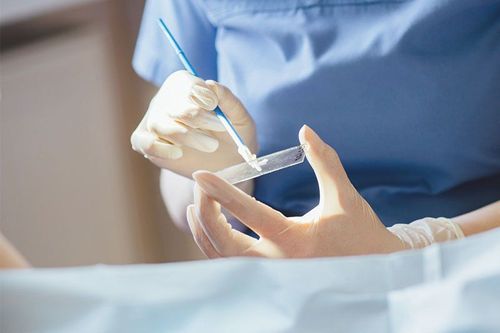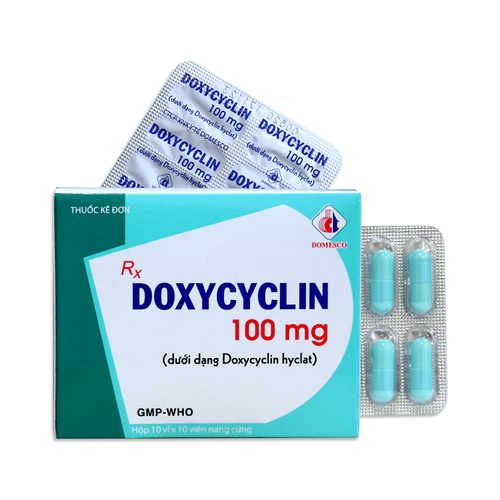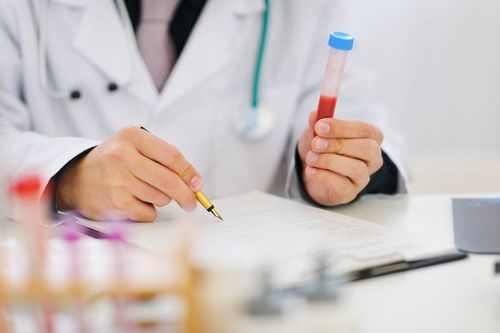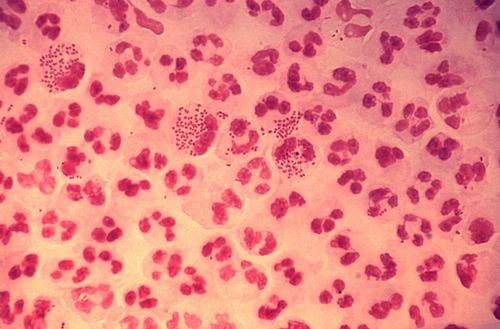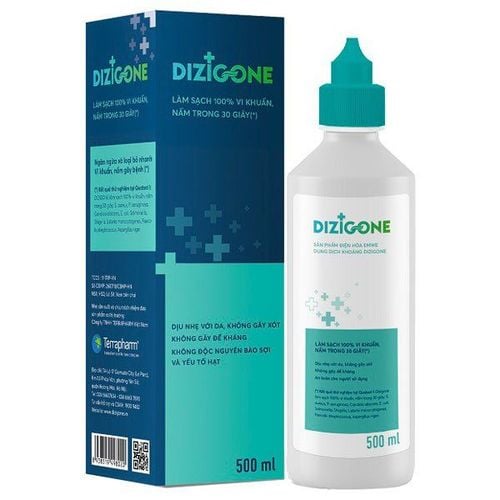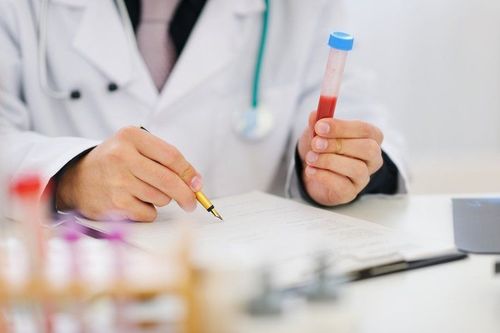This is an automatically translated article.
The article is professionally consulted by Master, Doctor Tran Thi Vuong - Doctor of Microbiology - Laboratory Department - Vinmec Hai Phong International General HospitalMicrobiological testing plays a very important role in diagnosing infections to find out the cause of the disease, thereby helping doctors have the most effective treatment plan. Microbiological testing includes many testing methods and depending on the type of infection, the doctor will order different microbiological tests.
1. What is a microbiological test?
Microbiological testing is a method of analyzing and imaging microorganisms on patient samples to find out the cause of an infection, and to assist in the diagnosis and treatment of the disease. Subjects of microbiological testing are pathogenic microorganisms present in patient samples collected from humans, animals, living environment, tools, food, etc. when containing the causative agent of the disease.Microbiological examination specimens include: Midstream urine, cerebrospinal fluid, superficial pus (skin infection, non-dermoid lesion), deep pus (closed infection, deep subdermal lesion) , peritoneal drainage, ...), fluid (pleural fluid, pericardial fluid, joint fluid, ...), throat swabs, sputum, biological secretions, blood cultures, stools, ...
The scope of application of microbiological testing is: In diagnosis, monitoring, treatment, epidemiology, scientific research and teaching, legal. In addition, microbiological tests are used to induce and combat biological warfare or terrorism.
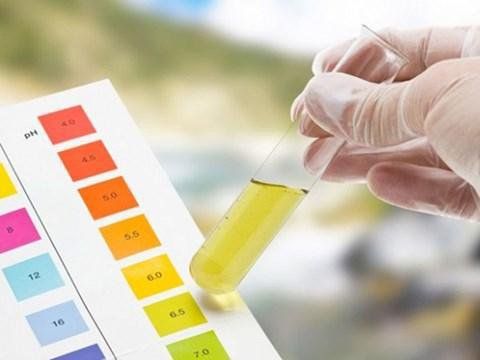
2. Microbiological test for what?
Infection is a group of diseases with the leading incidence in our country, next to diabetes, cardiovascular disease, obesity or cancer. Common infections in the respiratory tract, digestive tract, urinary tract, genitals or even blood infections, skin infections,... Every person has at least once contracted these infections during their lifetime. life.However, reality shows that many people subjectively do not go to medical facilities for examination and treatment but arbitrarily use antibiotics to treat diseases. Improper use of drugs not only makes the disease take longer to heal, but also can lead to drug resistance and a weakened immune system.
Meanwhile, finding the exact cause of the infection in order to use the right antibiotic is extremely important. And microbiological testing is the method to help determine the cause of the infection so that the doctor can make the right treatment option for each patient.
3. Application value of microbiological tests
Based on the test methods, we can classify microbiological tests into:Direct sigmoidoscopy; Culture test; Immunoassay; Molecular biology test. Each type of test will have a different value and the quality of the test depends on many factors as well as the Lab's route.
3.1 Value of application of direct examination (Direct Examination)
Direct microbiological test is the first step, the basis of diagnostic suggestions for the selection of next test steps. In the vast majority of cases, direct endoscopic examination is of no definitive diagnostic value. However, in cases where leprosy (BH), tuberculosis (AFB, BK) bacteria were detected, but gram-negative cocci in the cerebrospinal fluid were meningococcal, gonorrhea, and yeast in the uterine fluid, .. Direct endoscopic test also has high diagnostic value.In the direct smear test, you can choose to look for fresh bacteria when the microorganisms are still alive, to look at the microorganisms through dye when they are dead or to look at the microorganisms under the electron microscope. Values of the tests are:
Fresh scan: Helps detect live, mobile microorganisms with high diagnostic value with spirochetes, cholera, and amoeba. Besides, fresh spectroscopy is also used in diagnosis, finding eggs or larvae of parasites or mycelium, fungal spores; Microbiological staining: Using many different dyes on microorganisms when looking under an optical microscope. In this method, dead microorganisms are immobilized, allowing the doctor to clearly identify the shape and structure of the microorganisms and the coloration properties; applicable to most common bacteria; Microbiology under the electron microscope: Often used to look at microscopic microorganisms (viruses) or to examine the superstructure of microorganisms. This method is rarely used, electron microscopy is usually only used in research.
3.2 Application value of culture assays (Culture, Isolation)
Culture tests are tests that use artificial culture medium to determine the microorganisms present in the patient, thereby drawing conclusions that they are capable of causing disease or not. Culture tests are often used to diagnose prolific bacteria.Culture test has a high specificity, used to diagnose many infectious diseases. The disadvantage of this microbiological testing method is that it requires modern equipment; how to take, store and transport patient samples according to regulations; highly qualified technicians; sensitivity is greatly affected if the patient is already taking antibiotics; Specimen types may vary with disease stage and may not diagnose microorganisms that do not grow in culture.

3.3 Application value of immunological tests
Immunoassays are indirect tests for the purpose of identifying microorganisms, including evidence of an infectious process. The subject of immunoassays is the specific antigens of the microorganism or the specific antibodies specific to the diseased individual. This test method is very effective against intracellular microorganisms, tissue pathogenic or ectopic parasites.The advantages of immunoassays are:
Diagnose in cases where microorganisms are no longer present or very few; Diagnosed when microorganisms affected by antibiotics cannot be detected by culture test; Specimens can be preserved for a long time; Time for fast results; Batch can be done; The sensitivity of the test is high. However, this microbiological test method also has limitations as:
Diagnosis is of little value for microorganisms that have not found specific antigens, specific virulence factors such as tuberculosis, fever cold; The specificity of the diagnosis depends on the class of antibodies detected and the stage of the disease.
3.4 Application value of molecular biology tests
These are tests to detect specific genes or genomes of microorganisms by methods such as PCR, Real Time PCR, sequencing, hybridization,...Advantages of stool biological tests Element:
High sensitivity, specificity; Rapid detection of microbial causes and traits; The degree of infection can be detected, compared with a standard value to determine disease stage, disease status, and response to therapy by measuring viral concentrations in the specimen (e.g. viral load measurement). hepatitis B, C virus, HIV virus); Can be applied to detect the origin of the disease; Specimens can be preserved for a long time. Disadvantages of molecular biology tests:
High cost of testing; Need to be equipped with modern diagnostic equipment, testing technicians must undergo intensive training; It is not possible to detect traits for which specific genes are not found or difficult to do when specific genes are unstable; Cross-contamination of nucleic acids must be ruled out; Free DNA and RNA is different from traditional sterilization methods. Microbiological tests are important in the diagnosis and treatment of infections. Therefore, infected patients should not be subjective and arbitrarily use antibiotics to treat illness at home, but should go to medical facilities, perform microbiological tests to receive accurate diagnosis results and have a treatment plan. the most appropriate and effective treatment regimen, avoiding antibiotic resistance later on.
Please dial HOTLINE for more information or register for an appointment HERE. Download MyVinmec app to make appointments faster and to manage your bookings easily.





